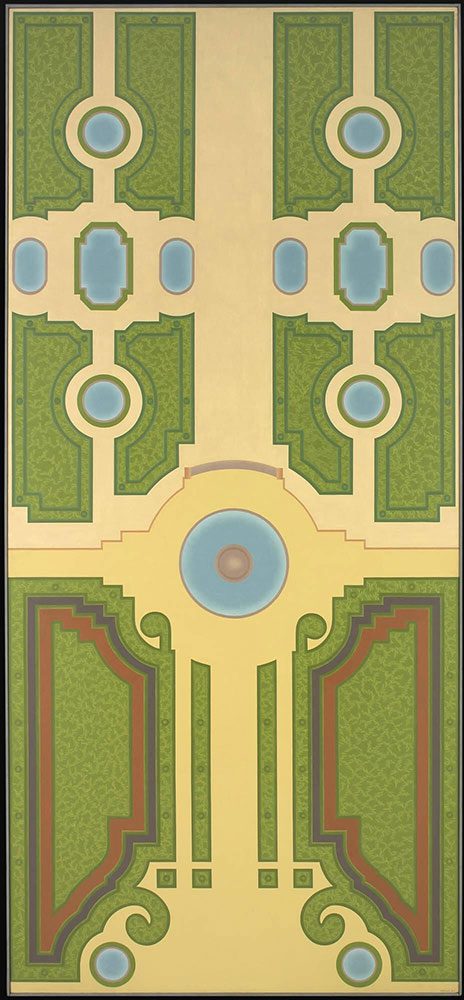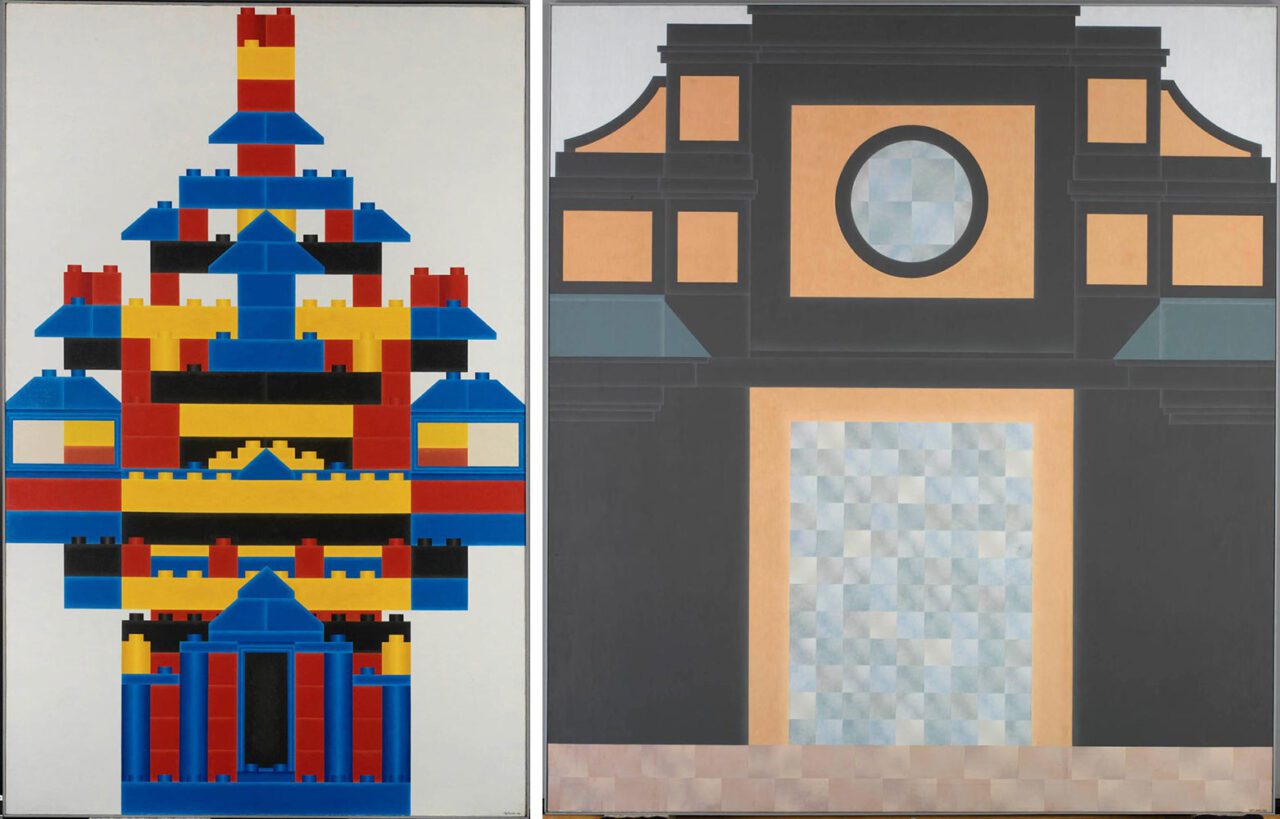ART CITIES:Paris-Barbro Östlihn
Barbro Östlihn is one of the most interesting artists in Swedish post-war art. At the centre of the artistic circles that created American pop art and neorealism in the 1960s, she developed her own unique idiom, completely in step with its time but with a distinctly personal expression. With her consistent and unique style of painting, she attained a position in the New York art scene, where her ring of friends included the artists Robert Rauschenberg, Frank Stella, Claes Oldenburg and Roy Lichtenstein.
By Dimitris Lempesis
Photo: Institut suédois Archive

“Stockholm – New York – Paris” is the first French retrospective of Swedish artist Barbro Östlihn, showcasing her remarkable career that spanned Stockholm, New York, and Paris. The exhibition, highlights the unique painterly style of an artist who stood at the crossroads of American and European avant-garde movements yet developed a distinct artistic voice that is only now receiving the recognition it deserves. For a long time, Barbro Östlihn had an uncertain status in Swedish art history, but today it is increasingly clear that she was one of the most important Swedish artists during the late 20th century. Her career was more international than Swedish. In the 1960s, she travelled back and forth between Stockholm and New York, where she held solo exhibitions in several of the most important galleries for contemporary art at the time. Östlihn chiefly painted the flat surfaces and abstracted architecture of the urban space. Most of the time, she started out from her own photographs, painting austere compositions with motifs from both Stockholm and Manhattan. In 1961, Barbro Östlihn arrived in New York with her husband, visual artist, art critic and author Öyvind Fahlström. They moved into Robert Rauschenberg’s former loft in South Manhattan, which would serve as both their apartment and their studio. Impressed by the imposing architecture and fascinated by the comings and goings of construction, demolition and renovation workers in that part of the city, Östlihn developed her own artistic idiom on the margins of pop art and Nouveau Réalisme (New Realism), which were in vogue at the time. She would wander through Manhattan by day with her camera, and paint by night. It wasn’t the hubbub of the streets that interested her; it was the façades that formed their backdrop, which she transposed onto her large canvases as mosaics and geometric macro-forms, often adding the names or addresses of the buildings themselves. From 1963 onwards, she exhibited regularly at galleries including Galerie Cordier & Ekstrom, Tibor de Nagy Gallery and Marian Goodman Gallery, and drew accolades from leading critics such as Barbara Rose and Donald Judd. She also worked with Fahlström at a number of events—the 1966 Venice Biennale, exhibitions and evening gatherings—where all kinds of avant-garde artists congregated. Despite the place she occupied in this community and the finesse of her painting, her art has only recently received the recognition it deserves. The couple separated in 1975 and the following year Östlihn moved in with the French artist Charles Dreyfus, with whom she would live in Paris until her death in 1995. Once again, walls and floors became subjects for her paintings, which evolved towards an even more abstract language. She was represented by the baudoin lebon gallery at this time. Her uniquely powerful work failed to gain recognition in Sweden until the major exhibition held at the Moderna Museet in 1984. From the 2000s onwards, after the artist’s death, a series of exhibitions would seal her place in the history of Swedish post-war art. Having presented her New York period in 1999, the Institut suédois offers the first retrospective of Barbro Östlihn’s work in France this spring. As a nod to her constant fascination with architectural transformations, the show inaugurates a series of newly restored spaces in the Hôtel de Marle. The exhibition features some twenty works, most of them very large, which are emblematic of Östlihn’s entire career, as well as reproductions of photographs and sketches upon which her work is based. Also included are 100 published documents, including catalogues, invitations and posters, commissioned by the museum director Pontus Hultén. They reflect his skill at bringing together artists, curators and others to produce graphic designs that challenged established norms.
Photo: Barbro Östlihn , Tarragona (detail), 1980. © Andreas Eriksson Studio
Info: Curator: Stina Gromark, Institut suédois, 11 rue Payenne, Paris, France, Duration: 28/3-20/7/2025, Days & Hours: Tue-Wed & Fri-Sun 12:00-19:00, Thu 12:00-21:00, https://paris.si.se/





Right: Barbro Östlihn, Suffolk Street Wall, 1972, Oil on canvas, 179 × 154,5 × 4,5 cm, Courtesy Moderna Museet

Right: Barbro Östlihn, Suffolk Street Wall, 1968, Oil on canvas, 257 × 232 × 4 cm, Courtesy Moderna Museet

